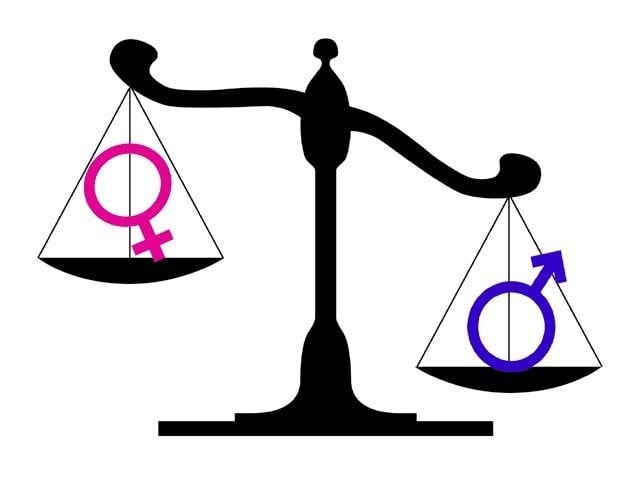Published in The Express Tribune on September 17, 2024
A new United Nations report titled ‘The Progress on the Sustainable Development Goals: The Gender Snapshot 2024’ has highlighted that despite global progress on gender equality and women’s empowerment, significant gaps persist across all 17 Sustainable Development Goals (SDGs), which aim to end poverty, protect the planet, and ensure peace and prosperity by 2030.
UN Women Executive Director Sima Bahous, speaking at the launch of the latest Gender Snapshot report on Monday, noted, “Today’s report reveals the undeniable truth: progress is achievable, but is not fast enough.”
She called for continued efforts to dismantle barriers faced by women and girls, stating, “Let us unite to continue dismantling the barriers women and girls face and forge a future where gender equality is not just an aspiration but a reality.”
While the report shows some positive trends, such as reduced poverty, narrowing gender gaps in education, and advances in legal reforms, none of the indicators under Goal 5—gender equality—have been fully achieved as the 2030 deadline approaches.
Women now hold a quarter of all parliamentary seats, a notable improvement from a decade ago.
Additionally, the proportion of women and girls living in extreme poverty has dropped below 10 percent, following sharp increases during the COVID-19 pandemic.
The rate of child marriage has also decreased from 24.1 percent in 2003 to 18.7 percent today.
Since the 2019 release of the first Gender Snapshot report, up to 56 legal reforms aimed at closing the gender gap have been enacted globally.
Notably, countries with domestic violence legislation have reported lower rates of intimate partner violence—9.5 percent compared to 16.1 percent in countries lacking such laws.
Despite these advancements, none of the indicators for Sustainable Development Goal 5 are being met.
At current progress rates, gender parity in parliaments may not be achieved until 2063, and eradicating poverty for all women and girls could take an estimated 137 years.
Approximately one in four girls are still married as children.
The report also highlights the immense cost of gender inequality.
For instance, the annual global cost of failing to adequately educate young populations exceeds USD 10 trillion.
Additionally, low- and middle-income countries may forfeit USD 500 billion over the next five years by not closing the digital gender gap.
“The costs of inaction on gender equality are immense, and the rewards of achieving it are far too great to ignore. We can only achieve the 2030 Agenda with the full and equal participation of women and girls in every part of society,” stated Li Junhua, the UN Under-Secretary-General for Economic and Social Affairs.
As world leaders prepare for the Summit of the Future on 22 and 23 September, UN Women is urging them to reach a new international consensus to close the gender gap, achieve gender equality, and advance the rights and empowerment of all women and girls, a goal that remains “distant but achievable.”






